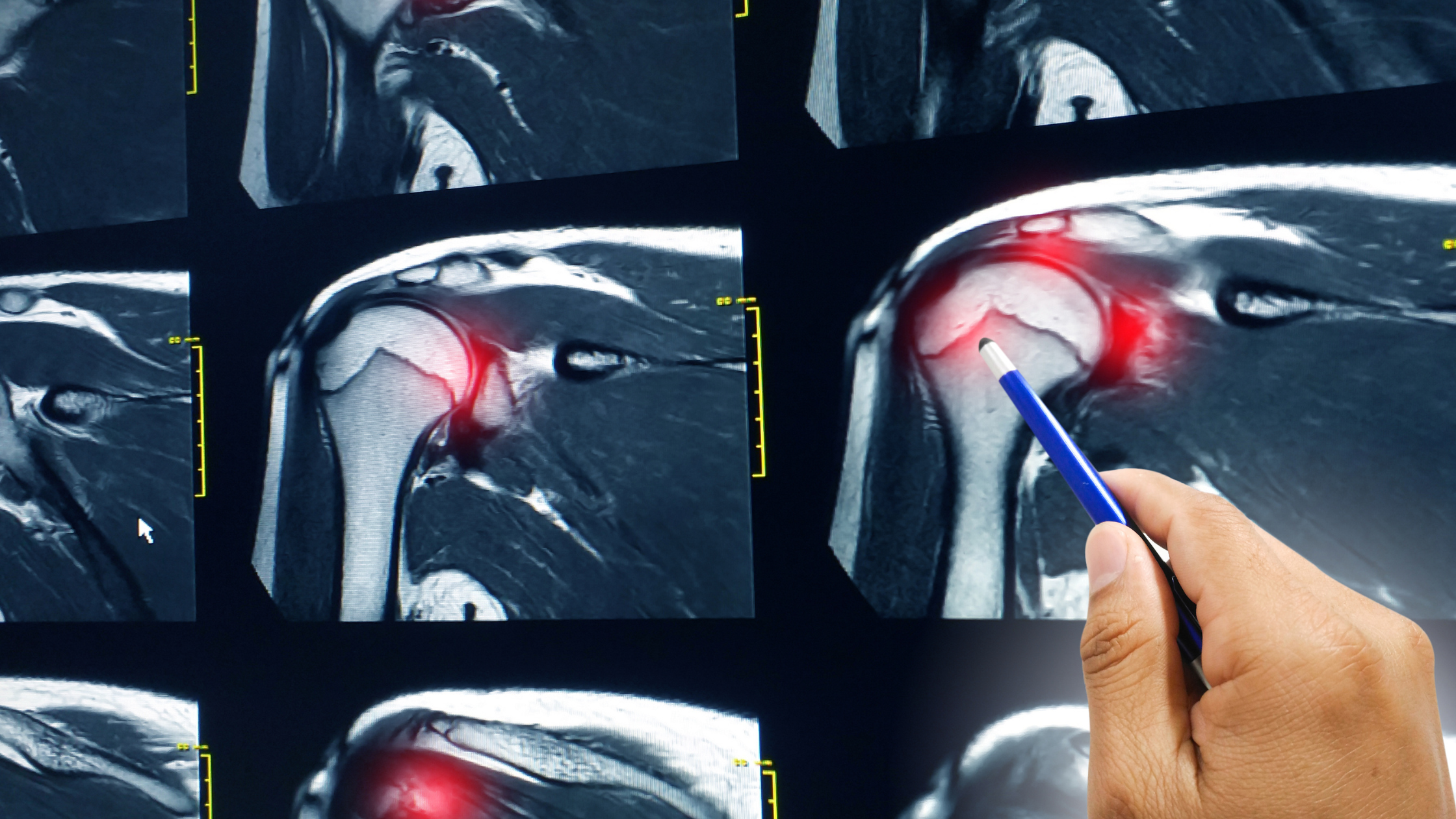![]() Make Appointments 24/7, 365 days a year.
Make Appointments 24/7, 365 days a year. ![]() 302-731-2888
302-731-2888
![]() Make Appointments 24/7, 365 days a year.
Make Appointments 24/7, 365 days a year. ![]() 302-731-2888
302-731-2888

Matthew A. Handling, M.D.
Rotator cuff tears are a leading cause of shoulder pain and disability. Partial rotator cuff tears can be classified as articular (joint) sided, intra-substance (within the cuff), or bursal-sided (outside the joint). Tears can happen as a result of injury but can also occur as a result of repetitive overuse. Full thickness rotator cuff tears no longer have an attachment of the rotator cuff to the bone and are usually treated with surgery. An MRI provides valuable information on the rotator cuff tear location and size. MRI will also pick up any other tears in the shoulder (labrum, biceps) and whether there is any muscle atrophy.
Partial tears can initially be treated non-operatively with NSAIDs, steroid injections, and physical therapy. PT will focus on maintaining range of motion and proper shoulder mechanics, as well as strengthening the cuff while trying not to stress the part of the cuff that has partially torn. The question is whether these partial rotator cuff tears will heal. Studies have shown that partial thickness tears can spontaneously heal but healing results in fibrocartilage formation and weaker tendon to bone attachment. This can contribute to rotator cuff tear progression. Recent studies have also supported the use of ultrasound guided PRP (platelet-rich plasma) to aid with the healing potential of the rotator cuff. If pain and symptoms continue, there should always be concern about the tear getting bigger and potentially progressing to a full thickness tear. Tear progression is more likely in cuff tears that are >50% of the tendon thickness.
Surgical intervention should be considered when a person has failed 3 to 6 months of nonoperative management as well as in active patients with an acute, traumatic injury. Surgical options include arthroscopic debridement of the cuff with or without a subacromial decompression and repair of the rotator cuff. Repair is recommended when tear thickness is >50%, but also in athletes and patients with high demand jobs. A partial rotator cuff tear can typically be repaired arthroscopically. Studies show positive results from surgery with regards to healing and return to normal, pain free functional activities.
If you are dealing with ongoing pain despite non-operative treatment for a partial rotator cuff tear, then please make an appointment to discuss all available treatment options.
* indicates a required field.